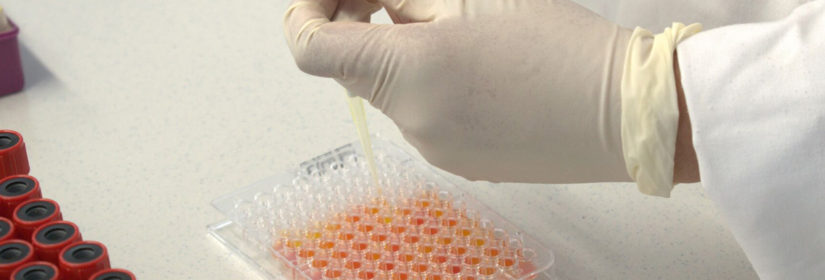No products in the basket.
BVD Virus
The number of BVD virus animals born has been reduced to 925 or 0.05% of calves born in 2019.
Bovine viral diarrhoea (BVD) virus in Ireland has been controlled as part of the National BVD Eradication Programme since 2012. In 2013 it became mandatory that all newborn calves were tissue tag tested for BVD Virus. Since that time the numbers of BVD positive animals have greatly reduced. The number of BVD positive animals born in 2013 was 16,194 or 0.77% of the national herd. With three weeks left to go in 2019, the number of BVD animals born this year has been reduced to 925 or 0.05% of calves born. This is an incredible achievement, and of huge benefit to Irish national cattle herd.
Improved health and fertility on Irish cattle farms
The benefit of this reduction in BVD levels has been seen in improved health and fertility on Irish cattle farms. The reason for this is that BVD has a number of detrimental effects on bovine health and well-being. Two of the main effects are a reduction in immunity to other diseases and a negative impact on fertility. The negative impact on fertility may be seen as a failure to conceive, abortion, stillbirths, congenital deformities, or calves being born as persistently infected (PI) animals.
Identification of positive animals in positive BVD Virus herds
One of the main contributors to this dramatic reduction in calves born persistently infected with BVD is the identification of positive animals in positive BVD herds. This has been brought about by sampling every calf when it is born to see if it is infected with BVD virus (BVDV) or not. If the calf is infected then a decision is made on whether it is persistently infected or not. If it is persistently infected then it is removed from the herd, and so prevents the spread of the disease to other animals on the farm. This is particularly important in preventing spread to pregnant cows and heifers on the farm, and so eliminating the possibility of creating another generation of persistently infected animals on the farm.
Elisa testing and PCR testing
When the tissue tag is taken from the newborn calf it is sent to a designated laboratory for testing. All BVD designated laboratories are accredited to ISO17025 standard to carry out BVD tests on ear notch samples. Once received in the laboratory the sample is tested using one of two methods, ie either Elisa testing or PCR testing. Elisa testing works by identifying the erns protein which is present in the BVD virus. Persistently infected calves have the virus in all of their tissues as well as in their bloodstream, and so if the animal is positive for BVD it should be detected using the ELISA test. The other test which is used to detect virus positive calves is a technique called PCR testing. The full name for this is quantitative real-time polymerase chain reaction (qPCR) testing. This method works by detecting sequences of the virus’ RNA which are unique to that virus. This means that qPCR is a highly accurate means of detecting BVDV.
Sample Process
Once calves are tissue tag sampled, the tags should be dispatched to the laboratory as soon as possible, allowing the tissue sample to reach the laboratory within 7 days of being taken from the calf. Farmers sending tag samples to the laboratory should familiarize themselves with the postage requirements for these samples. From 2019 the minimum postage requirement on tissue tags sent in the post is €2.00. This usually allows up to 10 tags to be posted, but farmers should check this with An Post before sending. Once samples have been tested in the laboratory results are transmitted to the ICBF database, The ICBF database then sends a text message to the farmer notifying them of the test result

